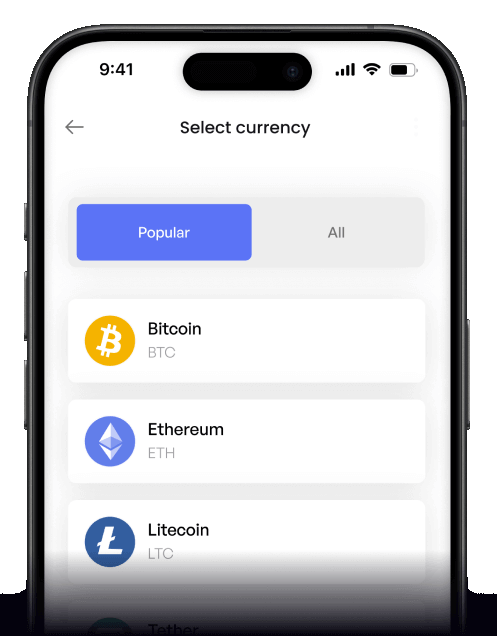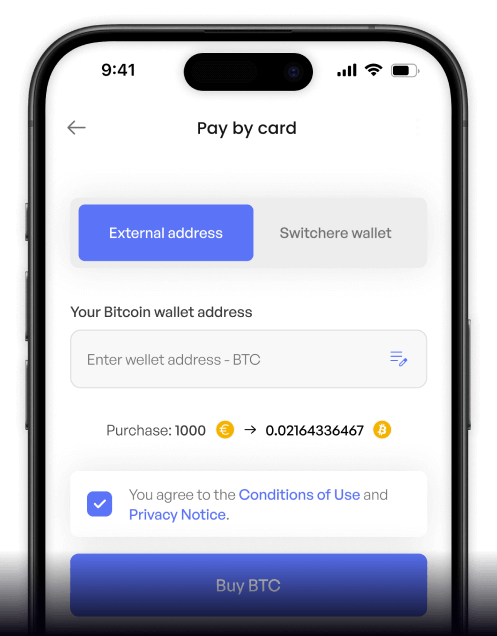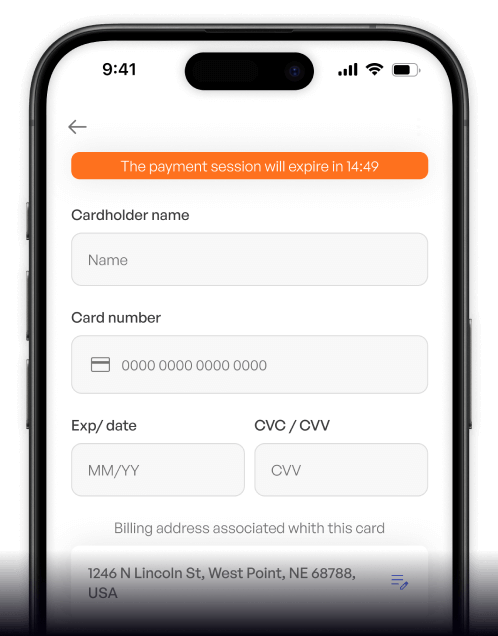Convert
Hungarian Forint (HUF) to Bitcoin SV (BSV) Instantly
Purchase Bitcoin SV (BSV) with Hungarian Forint (HUF) easily at Switchere and benefit from fast, secure transactions.
About
Bitcoin SV (BSV)
Bitcoin SV (BSV), standing for Satoshi Vision, is a digital asset that emerged from a contentious hard fork of the Bitcoin Cash (BCH) blockchain. Its fundamental mission is to restore what its proponents believe to be the original Bitcoin protocol as detailed in Satoshi Nakamoto's whitepaper. The project's core philosophy centers on massive on-chain scaling, primarily by removing the block size limit, allowing for an unbounded block capacity. This technical approach is designed to facilitate a high volume of transactions with extremely low fees, enabling practical micropayments and large-scale data operations directly on the digital ledger.
Operating on a Proof-of-Work (PoW) consensus mechanism, the BSV network leverages the established Unspent Transaction Output (UTXO) model for its cryptographic security. Beyond its function as a peer-to-peer electronic cash system, BSV is engineered to be a global data carrier. The native BSV token is used not only for transaction fees but also for writing data to the blockchain, powering complex applications and smart contracts through its robust Scripting language. This has led to the development of the "Metanet," a concept for an on-chain internet. BSV positions itself as a foundational layer for enterprise-level Web3 infrastructure, aiming to provide a single, stable, and scalable public blockchain for global use.
How to Buy Bitcoin SV (BSV)
Popular Coins for Hungarian Forint (HUF)
Other Coins for Hungarian Forint (HUF)
Frequently asked questions
-
What exactly is the HUF/BSV trading pair?
The HUF/BSV pair represents the exchange rate between the Hungarian Forint (HUF) and Bitcoin SV (BSV). This pair allows users to directly purchase BSV, a digital asset adhering to the 'Satoshi Vision' of the original Bitcoin protocol, using their local fiat currency. It serves as a crucial fiat on-ramp for those in Hungary looking to engage with the BSV blockchain, which is known for its focus on unbounded scaling, micropayments, and on-chain data storage. -
What are the common methods to buy BSV with Hungarian Forint (HUF)?
To buy BSV with HUF, you typically need a cryptocurrency exchange that supports Forint deposits. The most common methods include direct HUF bank transfers or SEPA transfers. Users must first complete a KYC/AML (Know Your Customer/Anti-Money Laundering) verification process on the platform. After a successful Forint deposit, you can place an order for BSV on the HUF/BSV market. For secure trading, it's recommended to transfer your purchased digital asset to a personal, non-custodial digital wallet. -
What technical features of the Bitcoin SV blockchain are important for traders?
Traders should be aware that Bitcoin SV's primary technical feature is its commitment to massive on-chain scaling, aiming for unbounded block sizes. This design, based on the original Bitcoin protocol and its Proof-of-Work (PoW) consensus, facilitates a high volume of transactions with very low fees. This is crucial for applications requiring micropayments and large-scale data storage on the blockchain, known as the Metanet. The use of the UTXO model ensures transparent and secure blockchain transactions. -
What kind of fees should I expect when trading HUF for BSV?
When trading HUF for BSV, expect several types of fees. First, there may be a deposit fee for your HUF bank transfer. Second, the cryptocurrency exchange will charge a trading fee, often structured as a 'maker' or 'taker' fee, for executing your order. Finally, when you move your BSV off the exchange to a secure digital wallet, there will be a network withdrawal fee. A key advantage of the BSV blockchain itself is its design for extremely low on-chain transaction fees, making it cost-effective for micropayments. -
Why is the UTXO model significant for the Bitcoin SV network?
The Unspent Transaction Output (UTXO) model is fundamental to Bitcoin SV as it is part of the original Bitcoin protocol. Instead of account balances, the blockchain tracks a set of UTXOs, which are discrete pieces of BSV. Each transaction consumes existing UTXOs and creates new ones. This model is highly parallelizable, which is a key component for achieving unbounded scaling. For users and developers, it provides enhanced privacy and security, as it prevents certain types of double-spending and makes transaction histories clear and traceable on the public ledger.






